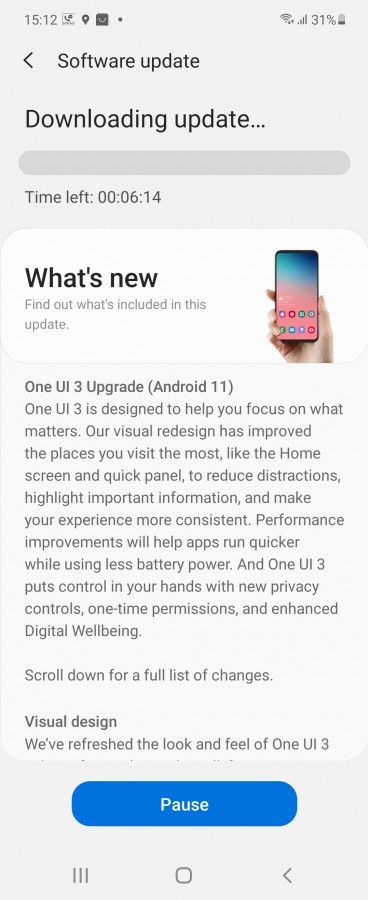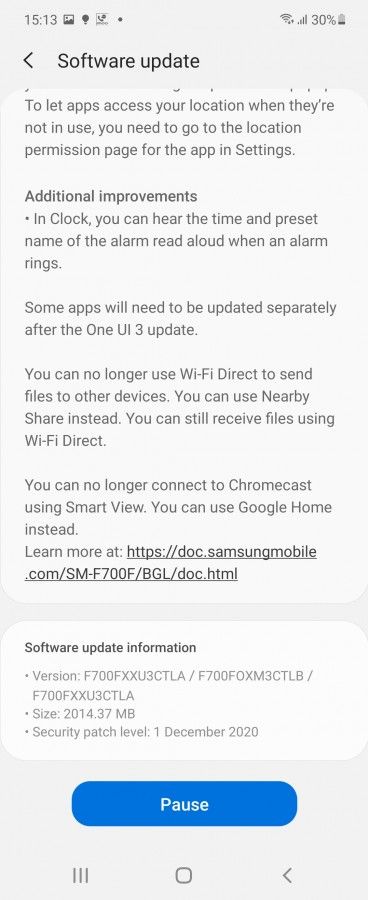Google rolled out the fifth Pixel Feature Drop earlier this month, which brought a host of new features to both old and new Pixel phones. Some older Pixel phones gained features like Hold for Me and Extreme Battery Saver, while only Google’s latest Pixel 4a 5G and Pixel 5 got support for the new Adaptive Sound feature. The Adaptive Sound feature is designed to improve the phone’s audio output by tweaking its equalizer based on your surroundings, and thanks to XDA Recognized Developer Freak07, there’s a way to enable this feature on older Pixel devices. If you’re interested in trying it out on your phone, here’s what you need to do:
Enable Adaptive Sound on older Pixel devices (with root)
On rooted Pixel devices, you can enable the Adaptive Sound feature by following a couple of simple steps, and it will remain enabled even after your reboot your device. To do so, you’ll first need to download the Pixel 5-specific version of the Device Personalization Services app from APK Mirror and install it on your device. Yes, you will already have the Device Personalization Services app installed, but the version of the app that Google pushed to your phone doesn’t include the Adaptive Sound feature. Hence, you’ll need to grab the one that Google made for the Pixel 4a 5G and Pixel 5. You can download that version of the app by clicking this link.
Once you have the app installed, you’ll need to download and install the Adaptive_Audio_Settings_Enabler Magisk module from the Magisk Manager app and restart your device. Alternatively, you can download the module by following this link and flash it manually. A few moments after a successful reboot, you should see the Adaptive Sound option in device settings.
Enable Adaptive Sound on older Pixel devices (without root)
On non-rooted Pixel devices, the process to enable Adaptive Sound is a bit more complicated as you have to execute a couple of shell commands. But before you get to that, you have to install the Pixel 5-specific version of the Device Personalization Services from APK Mirror and install it on your device. You can get the app by following this link.
Once you have the app installed, make sure you have USB Debugging enabled on your device. You can do so by heading over to Developer Options and tapping on the toggle next to the USB Debugging setting. You’ll also need to ensure that you have a working ADB environment on your PC (we have a tutorial on that here). After you’ve done that, you’ll need to connect your phone to your PC and execute the following 3 commands one-by-one:
adb shell
device_config put device_personalization_services AdaptiveAudio__enable_adaptive_audio true
device_config put device_personalization_services AdaptiveAudio__show_promo_notification trueAfter you execute these three commands, you should see the Adaptive Sound option in the device settings. Unlike the method for rooted devices, though, this method doesn’t enable the Adaptive Sound option permanently, and it’s removed once you reboot your device. So, make sure you don’t reboot your device after following the aforementioned steps, or you’ll have to go through it once again.
Enable Adaptive Sound on older Pixel devices XDA Forums thread
The post How to enable the Pixel 5’s Adaptive Sound feature on older Pixel phones appeared first on xda-developers.
from xda-developers https://ift.tt/38M4mV2
via IFTTT








 (@Mahefooz)
(@Mahefooz) 